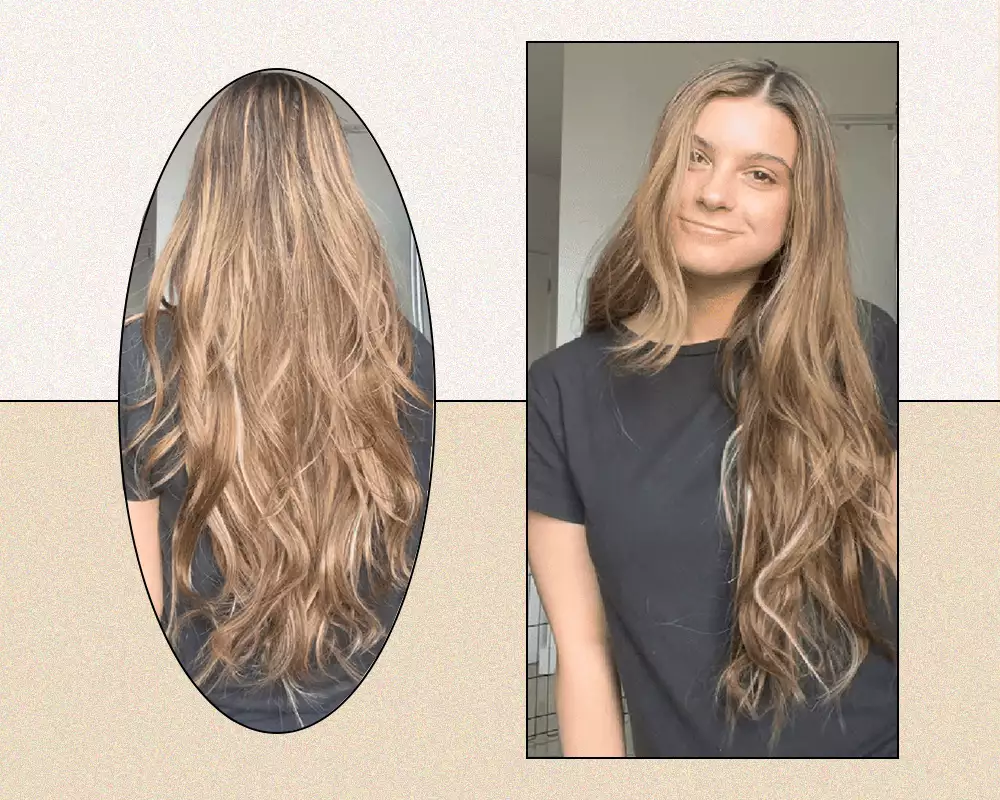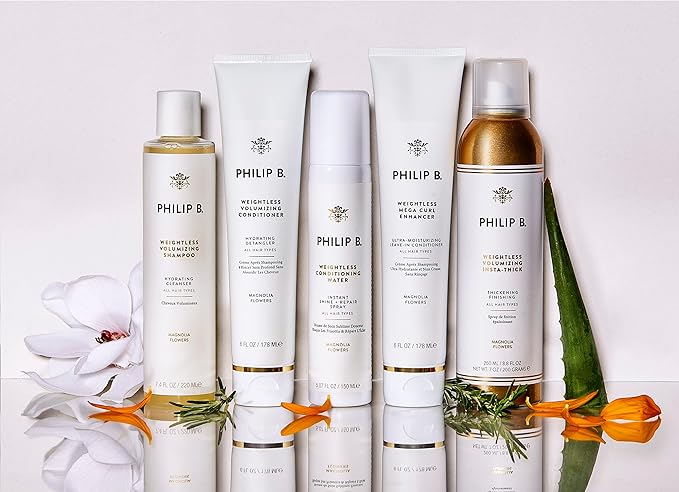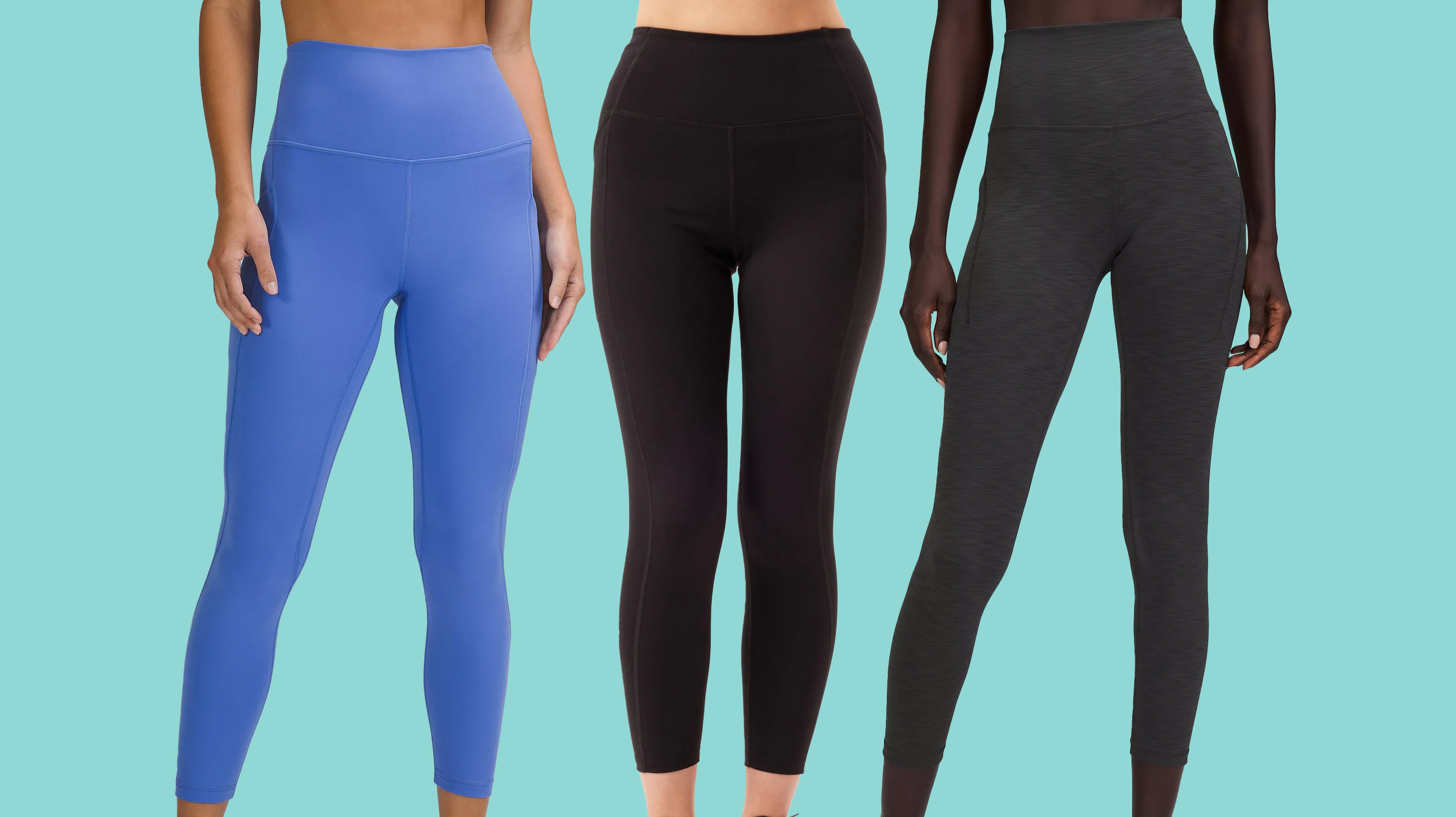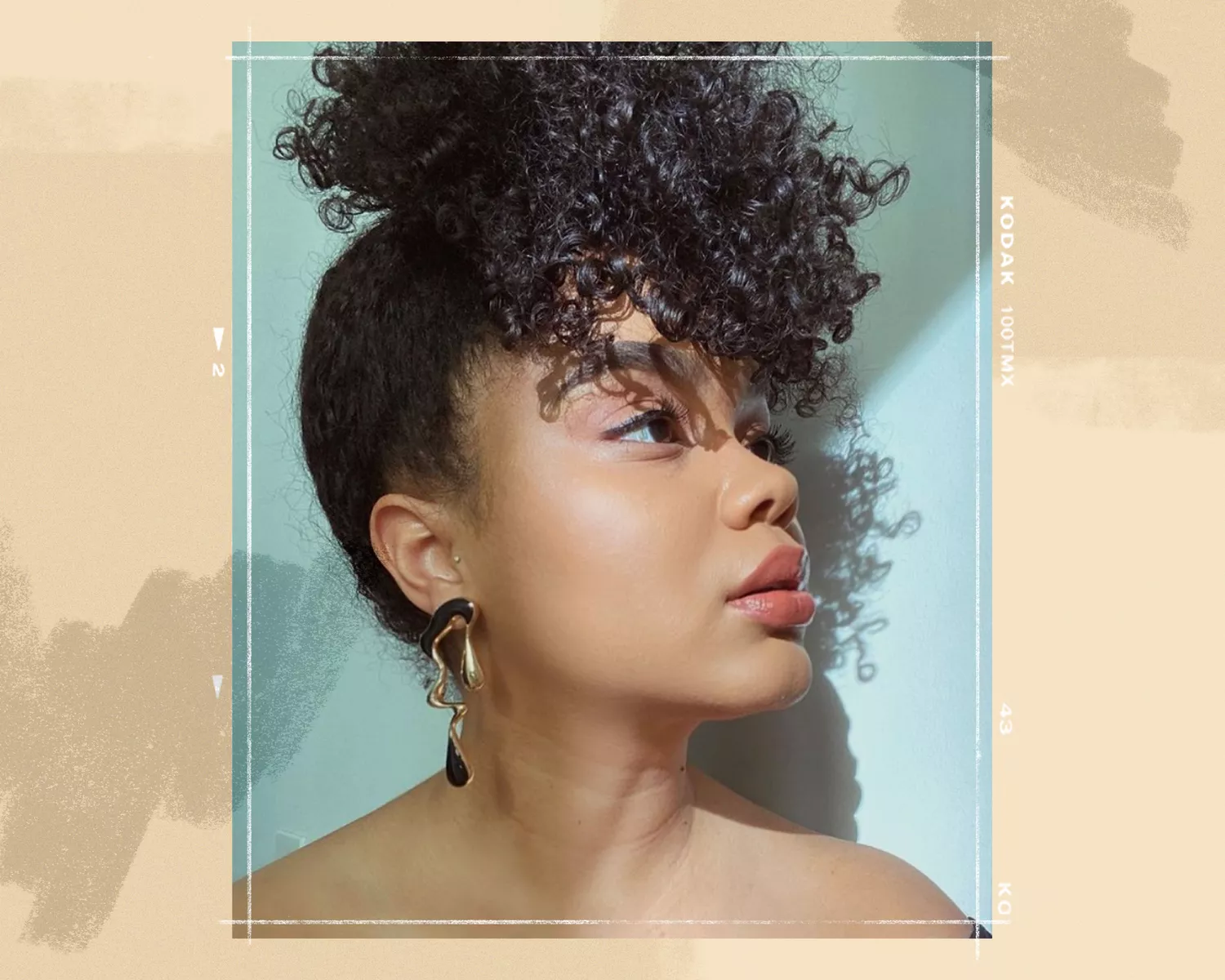
Stocksy
Let’s talk about gray hair. Despite what society tells you, grays are not something to “fight” or “cover-up” or “battle”—they are a natural progression of aging (or genetics) which in my opinion is pretty damn fabulous. In fact, accounts like @grombre celebrate women of all ages, sizes, and skin complexions who have embraced their natural hues and never looked back. As a frequent color-lover, I had to keep it real with myself... was I really down to make my color commitment?
"Women have been embracing their grey hair more and more these days and opting for a more natural approach to hair color," explains celebrity hair colorist, Miranda Shaffer of Adel Atelier Salon. "Recently, I have noticed that current global events have forced some women to see their natural gray grow in for the first time ever. Not knowing if there would be another shutdown or just tired of feeling like a slave to their hair color have been contributing factors to a trend that had already started taking shape over the past few years," she adds.
Whether you opt to hit pause on coloring your hair for personal reasons (or financial ones), transitioning to your natural color might feel a bit intimidating, like where to start. The good news is there are a few options to embrace grays like a champ and products to keep your hair looking and feeling healthy. Today, we’ll jump into a few tips on how to go gray and start your next hair chapter with grace.
Embrace the Opportunity to Re-Learn Your Hair
As stated above, going gray might simply be a sign of the times but also a natural progression as women are starting to embrace their natural beauty as well. Everyone’s journey to gray is different‚ but on average, Brown says her clients start to notice new hairs popping up in their 30s, but notes people can get them at any age. “I noticed my gray at 20, but I have friends that started going gray as young as 13. But then I have clients [who are] almost 50 with no gray,” she adds.
“I’m finding my clients are split in half, some are crazed to come in and to feel good about their appearance and then others are embracing a simpler way of life with less maintenance,” explains Brown.
Identify Your Gray Hair Pattern
First, start letting your color grow out for at least three months to identify your gray hair pattern. To camouflage as you start to feel comfortable, try switching up your part or a new style like an updo. Then, book a consultation with a colorist to discuss next steps.“Depending on the pattern, how the grey grows out, and the color they were getting previously, I will determine what route to take to get the best results,” explains Ortega.
Develop a Transition Plan Based on Previous Color Choices
Brown elaborates that your past color choice (single process versus highlights) will make a difference during your transition. “If it’s just highlights, I would suggest going longer between appointments and doing less highlights over time,” she explains. “If you already have pretty natural highlights, just grow them out and maybe get a gloss here and there so your hair doesn’t oxidize.”
“For single processes, you can be bold and chop all your hair off… but most people don’t want to do that. Another way is what I usually do… start low lighting instead of single processes and it will help the grow out period be a little better than just letting it grow out. It takes time, but for me, this is the best way—little to no damage and helps you through the awkward period of growing out your hair as well.”
Yes, you read that right, going gray is not a one-and-done situation. It requires commitment and a potential investment. “Initially, when you get your desired gray, it will need a lot of care," explains Ortega. "This is because you have to get to a pale yellow highlight color in order to blend with your natural grey hair. The lighter the color, the dryer your hair gets. Going in for a few sessions, instead of getting gray all at once, can prevent breakage and dryness."
Pick Products Specifically for White or Gray Hair
While color-safe products are still relevant, gray strands need a little bit more TLC to maintain their vibrancy and brilliance. For this reason, Brown is a big proponent of purple-based shampoos and conditioners. "Purple shampoo is a godsend for gray haired people. It’s a cheap easy way to keep your white or gray bright and fresh," she explains.
"My favorite is Muvo’s Ultra Blonde Shampoo and Conditioner," she adds. "It’s an Australian brand, but they sell here. Plus, it’s not as drying as most. IGK also makes purple drops called Mixed Feelings that you can add to any hair product except for sprays. Simply throw in a few drops into your favorite shampoo or conditioner, or gel, mousse, pomade, or whatever you use in your hair to tone your color."
Add a Conditioning Treatment and Masques to Your Routine
According to Shaffer, "Gray hair is just hair that has lost all pigmentation but tends to grow in a wiry texture, and because of this, tends to be drier and more brittle to the touch.” That’s why most stylists recommend adding a conditioning treatment to your routine. "Milbon’s Repair Line is great as well as Olaplex for locking in the moisture gray hair so desperately craves," she adds.
Use a Hair Gloss Once a Week
In addition to your deep conditioner and mask, a weekly gloss can add much needed shine. "I love using an at-home gloss once a week. Rita Hazan’s Ultimate Shine Gloss in Breaking Brass ($26) is the best one," adds Ortega. "It keeps your hair shiny, brass-free, and hydrated all in one."
Stay Hydrated and Take Vitamins
According to Brown, the dryness associated with gray hair can also be treated internally. "Besides conditioners and masks, make sure you stay hydrated and take vitamins like Vitamin E, hyaluronic acid pills, biotin, collagen, bamboo extract, and aloe. You can also get products that will mix a few of these for you like Nutrafol Women Hair Growth Supplement ($88) or Moon Juice. Personally, I’ve been on an aloe kick lately—I ingest and use topically. My skin and hair has been looking amazing.” [Ed note: Speak with your primary cary physician before taking new supplements.]
FAQ
How can I transition to gray hair at home?
If youre ready to embrace the gray, you have a few options for making the transition a smooth one. While its always best to consult with your hairstylist or colorist, you can opt to transition to gray hair at home by letting your grays grow out naturally or going for a short cut. You can also play with hairstyles that disguise the line of demarcation or make them more pronounced based on your level of comfortability with your grays.
How long does it take to fully transition to gray hair?
The average length to transition to gray hair is six months to a year or more. However, everyone is different. The length of time to fully transition to gray hair will largely depend on the length of your hair and how dark your hair is.
Go
ing Gray Should No Longer Be Taboo—Hear Me Out








